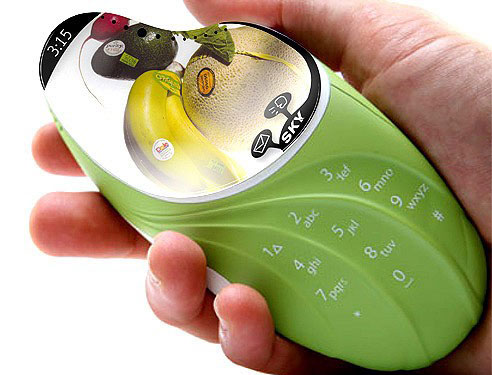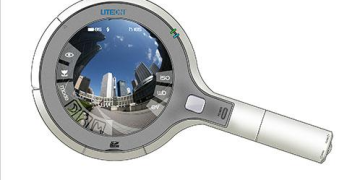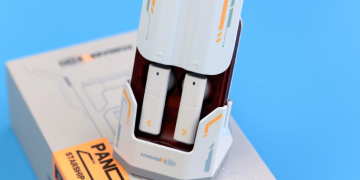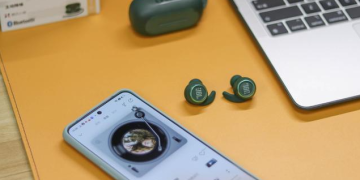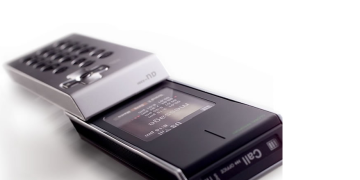Introduction
In the fast-paced world of digital design, prototyping and iteration have emerged as essential practices for streamlining the design process and creating successful products. Prototyping involves creating mockups or prototypes of digital interfaces to visualize ideas and gather feedback, while iteration entails making continuous improvements based on user feedback and testing. In this article, we explore the importance of prototyping and iteration in digital design and how these practices can help designers create more effective and user-friendly products.
Benefits of Prototyping
Prototyping offers numerous benefits for digital designers. By quickly visualizing ideas and concepts, designers can gather feedback early in the design process and iterate on their designs more effectively. Prototypes also help stakeholders and clients better understand the proposed design solutions, leading to more informed decision-making and alignment on project goals.
Types of Prototypes
There are two main types of prototypes: low-fidelity and high-fidelity. Low-fidelity prototypes are rough sketches or wireframes that focus on basic layout and functionality, while high-fidelity prototypes are more detailed and realistic representations of the final product. Both types of prototypes serve different purposes and are used at different stages of the design process.
Tools for Prototyping
A variety of prototyping tools are available to digital designers, ranging from simple wireframing tools to more advanced prototyping software. Popular tools include Sketch, Adobe XD, Figma, and InVision. When selecting a prototyping tool, designers should consider factors such as ease of use, collaboration features, and compatibility with other design tools.
The Iterative Design Process
Iteration is a fundamental aspect of the design process that involves making continuous improvements based on feedback and testing. By iterating on their designs, designers can refine and optimize the user experience, ultimately creating more intuitive and user-friendly products. The iterative design process is characterized by a series of feedback loops that drive continuous improvement.
Key Elements of Iteration
Effective iteration involves identifying areas for improvement, gathering feedback from users and stakeholders, and making incremental changes based on that feedback. Designers must be open to feedback and willing to iterate on their designs, even if it means going back to the drawing board. The goal of iteration is to create products that meet the needs and expectations of users.
Collaboration and Communication
Collaboration is essential for successful iteration, as it allows designers to gather diverse perspectives and insights from team members and stakeholders. Effective communication is also critical for conveying design changes and gathering feedback. Designers should use collaboration tools and techniques to facilitate communication and collaboration throughout the iterative design process.
User Testing and Feedback
User testing plays a crucial role in the iteration process, as it provides valuable insights into how users interact with a product and identifies areas for improvement. Designers should conduct usability testing and gather feedback from real users to validate design decisions and identify usability issues. By incorporating user feedback into their designs, designers can create products that better meet the needs and preferences of their target audience.
Iterative Design in Agile Methodology
Iterative design is closely aligned with agile methodologies, which emphasize flexibility, collaboration, and rapid iteration. In agile workflows, design teams work in short, iterative cycles, continuously refining and improving their designs based on feedback from stakeholders and users. By integrating iteration into agile workflows, design teams can respond quickly to changing requirements and deliver more innovative and user-centric products.
Challenges of Prototyping and Iteration
While prototyping and iteration offer numerous benefits, they also present challenges for digital designers. Time and resource constraints can limit the amount of iteration that can be done, while balancing creativity with practicality can be challenging. Designers must also navigate conflicting feedback from stakeholders and users, making it difficult to prioritize design decisions.
Strategies for Overcoming Challenges
To overcome the challenges of prototyping and iteration, designers should prioritize features and functionalities based on their impact on the user experience and project goals. Adopting a flexible mindset and being willing to experiment and iterate on designs can also help designers overcome obstacles and create more innovative solutions.
Case Studies of Successful Prototyping and Iteration
Numerous companies have benefited from prototyping and iteration, leading to improved user experiences and business outcomes. For example, Airbnb used prototyping to test and iterate on new features, resulting in a more intuitive and user-friendly booking experience. Similarly, Slack continuously iterates on its product based on user feedback, leading to higher user satisfaction and engagement.
Measuring Success
Measuring the success of prototyping and iteration involves tracking metrics such as user engagement, conversion rates, and customer satisfaction. By analyzing these metrics, designers can assess the effectiveness of their design decisions and identify areas for further improvement. The ultimate measure of success is the impact on the user experience and the achievement of project goals.
Future Trends in Prototyping and Iteration
The future of prototyping and iteration lies in advances in prototyping technologies and the integration of machine learning and artificial intelligence. New tools and techniques will enable designers to create more realistic and interactive prototypes, while AI-powered design assistants will streamline the iteration process and provide actionable insights based on user feedback.
Conclusion
In conclusion, prototyping and iteration are essential practices for streamlining the digital design process and creating successful products. By visualizing ideas, gathering feedback, and making continuous improvements, designers can create more intuitive, user-friendly, and innovative products that meet the needs and expectations of their users. By embracing prototyping and iteration, designers can unlock new possibilities and drive digital innovation forward.

FAQs After The Conclusion
- What is the difference between low-fidelity and high-fidelity prototypes?Low-fidelity prototypes are rough sketches or wireframes that focus on basic layout and functionality, while high-fidelity prototypes are more detailed and realistic representations of the final product.
- How do I choose the right prototyping tool for my project?When choosing a prototyping tool, consider factors such as ease of use, collaboration features, and compatibility with other design tools. It’s also important to consider the specific needs and requirements of your project.
- What role does user feedback play in the iteration process?User feedback is crucial for identifying usability issues, validating design decisions, and driving continuous improvement. By incorporating user feedback into their designs, designers can create products that better meet the needs and preferences of their users.
- How do I balance creativity with practicality in the design process?Balancing creativity with practicality involves prioritizing features and functionalities based on their impact on the user experience and project goals. Designers should also be willing to experiment and iterate on their designs to find the best solution.
- What are some common challenges of prototyping and iteration?Common challenges of prototyping and iteration include time and resource constraints, conflicting feedback from stakeholders and users, and balancing creativity with practicality.
- How can I measure the success of prototyping and iteration?Success can be measured by tracking metrics such as user engagement, conversion rates, and customer satisfaction. By analyzing these metrics, designers can assess the effectiveness of their design decisions and identify areas for further improvement.
- What are some future trends in prototyping and iteration?Future trends include advances in prototyping technologies, such as more realistic and interactive prototypes, and the integration of machine learning and artificial intelligence to streamline the iteration process and provide actionable insights.
- How can I integrate prototyping and iteration into my design process?To integrate prototyping and iteration into your design process, start by visualizing your ideas with low-fidelity prototypes, gather feedback from stakeholders and users, and make continuous improvements based on that feedback. Iterate on your designs until you achieve the desired outcome.



